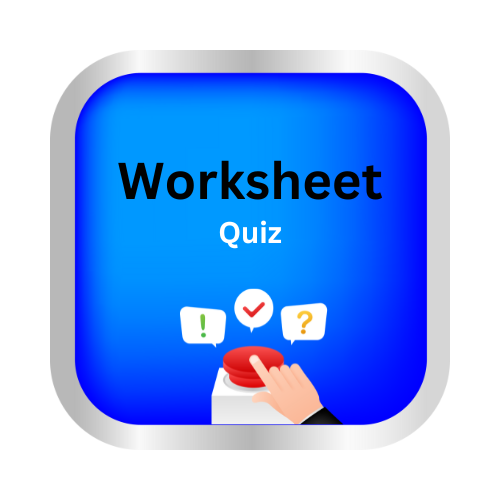Identify participles and what they modify
Key Notes:
1. Definition of Participles
- Participles are verb forms that can function as adjectives.
- There are two types: present participles (ending in -ing) and past participles (usually ending in -ed, -en, or irregular forms).
2. Present Participles
- Formed by adding -ing to the base form of a verb (e.g., “running,” “jumping”).
- Modify nouns by describing ongoing actions or states.
3. Past Participles
- Typically formed by adding -ed to regular verbs (e.g., “walked,” “talked”) and have unique forms for irregular verbs (e.g., “broken,” “written”).
- Modify nouns by indicating completed actions.
4. Function of Participles
- Participles act as adjectives, providing more information about nouns.
- They can also be part of verb phrases (e.g., “have eaten”).
5. Identifying Participles
- Look for words that function as adjectives, answering questions like “What kind?” or “Which one?” about a noun.
- Present participles often indicate action in progress, while past participles indicate a completed action.
6. Examples
- “The running water was cold.” (Present participle modifying “water.”)
- “The broken window needs repair.” (Past participle modifying “window.”)
7. What They Modify
- Participles usually modify nouns or pronouns in the sentence.
- They can appear before or after the noun they modify (e.g., “The dog barking loudly…” or “The loudly barking dog…”).
8. Practice Activities
- Identify participles in sentences and determine what nouns they modify.
- Create sentences using both present and past participles to illustrate their use.
Let’s practice!🖊️

